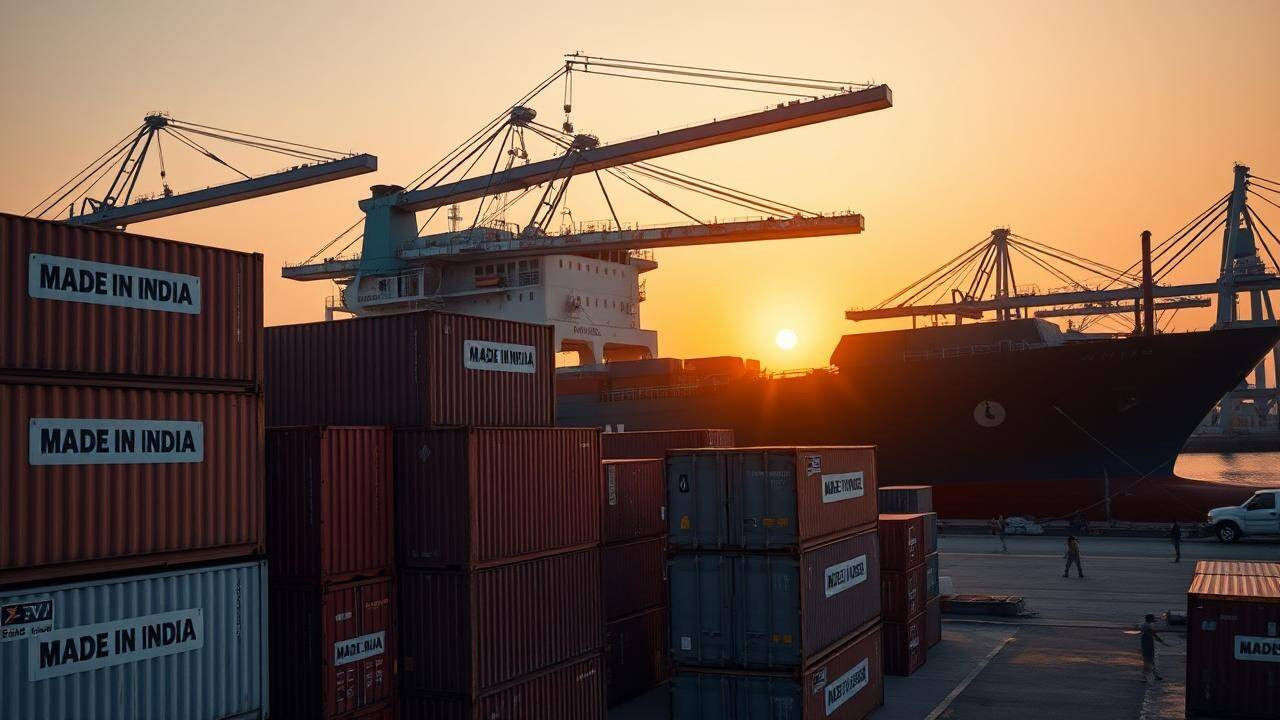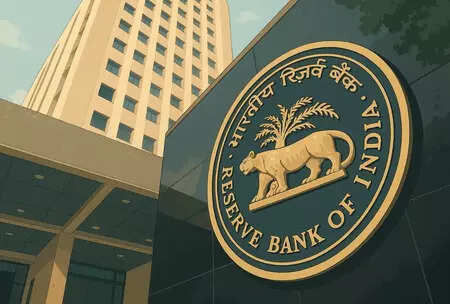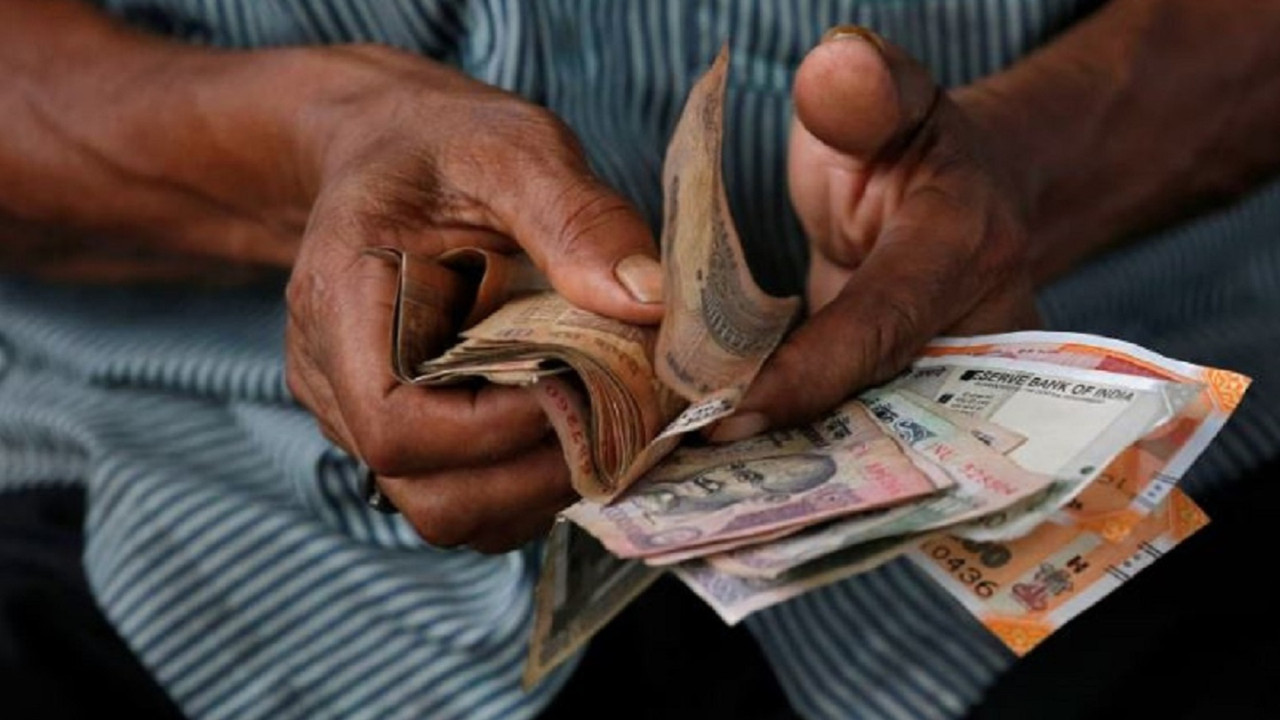Indian exporters are deeply concerned as the US imposes steep new duties, potentially reaching 50%, on various Indian goods starting August 27, 2025. This move has led to production halts in textile hubs like Tirupur, Noida, and Surat.
The Shifting Sands of Indian Exports: A Storm Brewing?
The global marketplace, that ever-churning ocean of supply and demand, is rarely tranquil. Lately, however, the waters seem particularly choppy for some Indian exporters, specifically those sending goods to the United States. Whispers of production halts in key textile hubs like Tirupur, Noida, and Surat are growing louder, and the Federation of Indian Export Organisations (FIEO) is raising a red flag. What’s happening, and what does it mean for India’s economic trajectory?
Reports from the ground paint a concerning picture. Export units, the engines of India’s international trade, are facing a triple whammy: delays, order cancellations, and the erosion of cost advantages. Imagine a textile factory in Tirupur, humming with activity one day, then falling eerily silent as orders evaporate. That’s the reality for many businesses right now.
But why the sudden downturn? Several factors appear to be converging to create this perfect storm.
Decoding the US Demand Dip and Its Impact on Garment Exports
One major contributor is a softening of demand in the United States. After a period of robust consumer spending, fuelled in part by pandemic-era stimulus checks, Americans are tightening their belts. Inflation remains a persistent concern, and higher interest rates are making borrowing more expensive. This translates into less disposable income for discretionary purchases, including clothing and textiles – a key sector for Indian garment exports. 
The result? US retailers are scaling back orders from overseas suppliers, leaving Indian manufacturers with excess inventory and idle capacity. This ripple effect is felt acutely in production hubs where margins are already razor-thin.
Navigating the Red Sea Turbulence: A Logistical Nightmare
Adding fuel to the fire is the ongoing disruption in the Red Sea. The Houthi attacks on shipping vessels have forced companies to reroute their cargo, adding significant time and cost to shipments. This logistical nightmare is particularly damaging for time-sensitive industries like fashion, where speed to market is paramount. A delayed shipment can mean missed deadlines, cancelled orders, and hefty penalties. For Indian exporters, this translates into a loss of competitiveness against rivals in countries with shorter shipping routes to the US.
Think about the intricate dance of global supply chains. Raw materials are sourced from one country, processed in another, and assembled in a third before finally reaching the consumer. The Red Sea crisis throws a wrench into this finely tuned machine, disrupting the flow of goods and pushing up transportation costs.
The Cost Conundrum: Eroding Competitive Edge
India has long been a favored destination for manufacturers due to its relatively low labor costs. However, this advantage is under threat. Rising wages, coupled with increased compliance costs related to environmental and social standards, are putting pressure on profit margins. When combined with the increased shipping costs and the general economic slowdown in the US, it’s easy to see how Indian exporters are struggling to maintain their competitive edge. This is particularly pronounced in the garment exports sector, where price sensitivity is high.
Furthermore, other countries are aggressively vying for a piece of the global export pie. Vietnam, Bangladesh, and even China are investing heavily in infrastructure and technology to enhance their competitiveness. India needs to innovate and adapt to stay ahead of the curve.
What Lies Ahead: Charting a Course to Recovery
The challenges facing Indian exporters are real and significant. However, this is not a time for despair, but a call to action. The government, industry associations, and individual businesses need to work together to address the underlying issues.
This could involve negotiating trade agreements that offer preferential access to key markets, investing in infrastructure to improve logistics efficiency, and providing support to businesses adopting sustainable and innovative practices. Furthermore, proactive diversification of export markets is crucial to reduce over-reliance on the US economy. Exploring opportunities in emerging markets across Asia, Africa, and Latin America could provide a much-needed buffer against fluctuations in any single region.
We need to embrace technological advancements to streamline processes, reduce costs, and improve product quality. Investments in automation, digitalization, and skills development are essential to future-proof India’s export sector. Consider exploring related topics on our site, such as how technology is impacting Indian manufacturing.
The current situation demands resilience, adaptability, and a strategic vision. By addressing the challenges head-on and embracing innovation, India can weather this storm and emerge stronger on the other side, ensuring its continued success in the global marketplace and sustaining garment exports.







